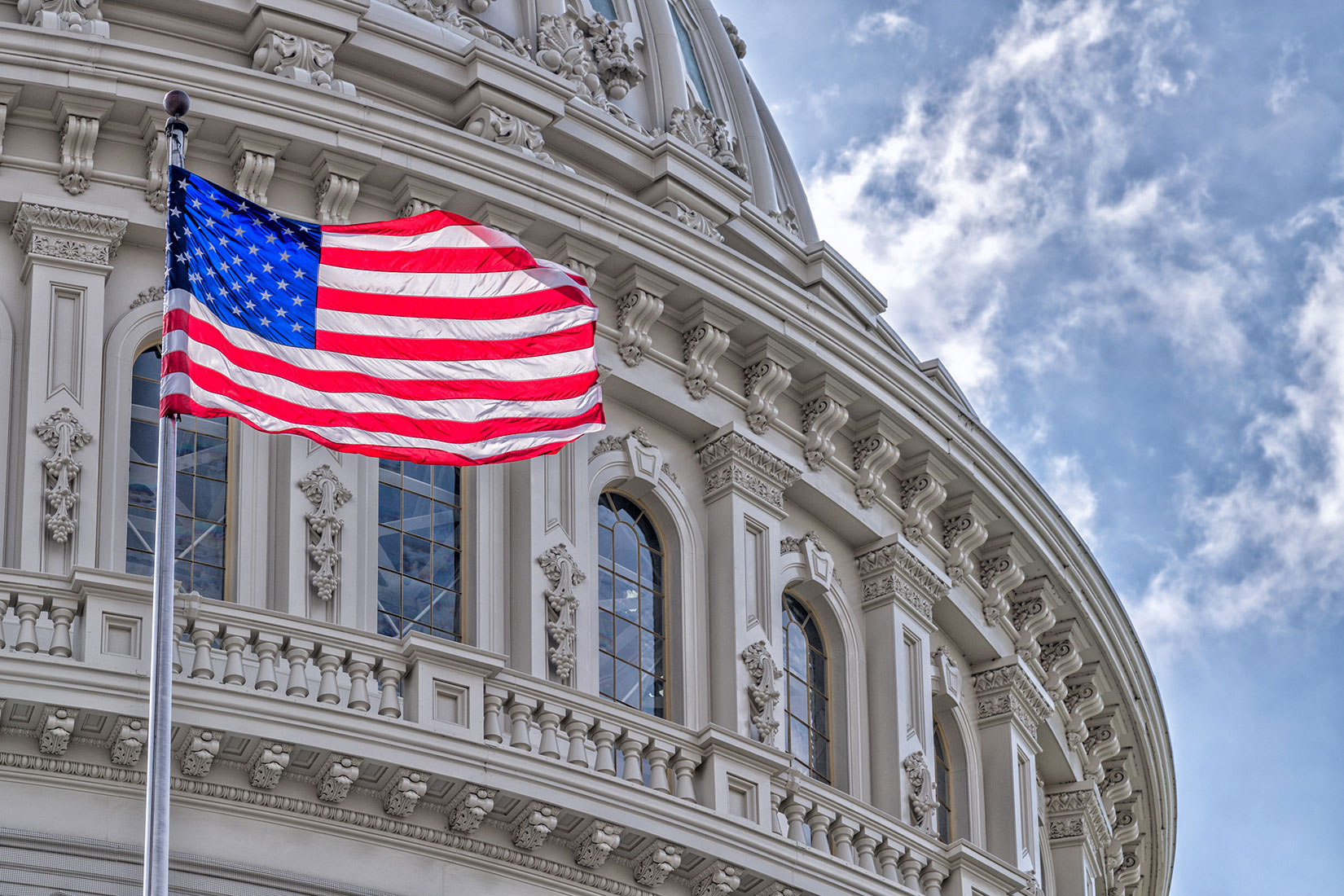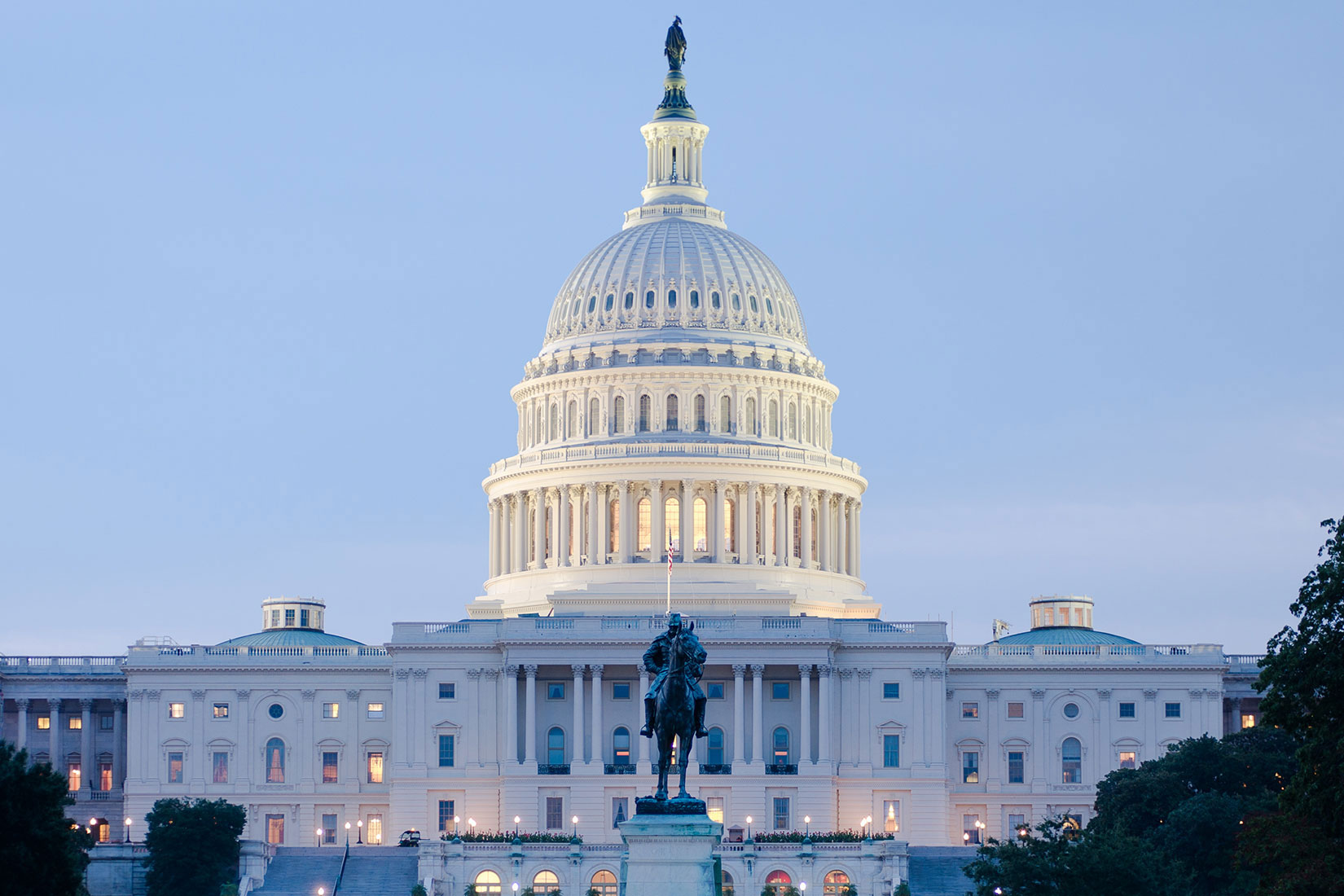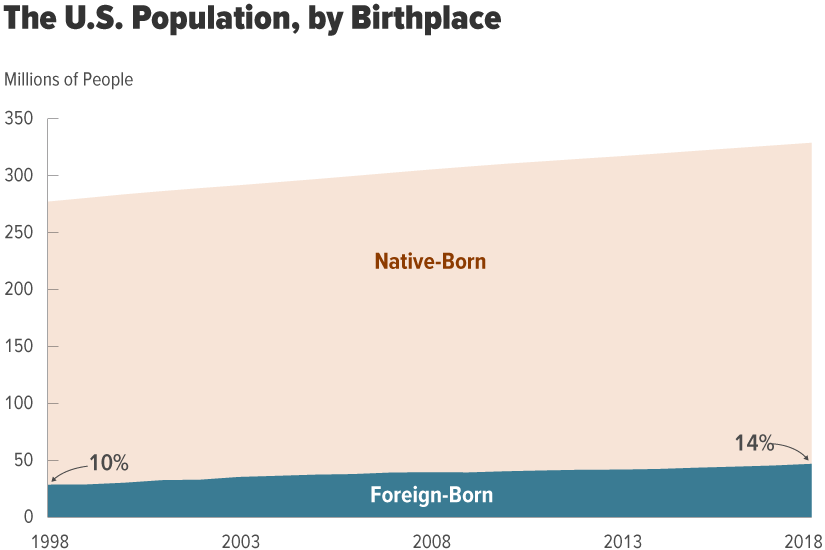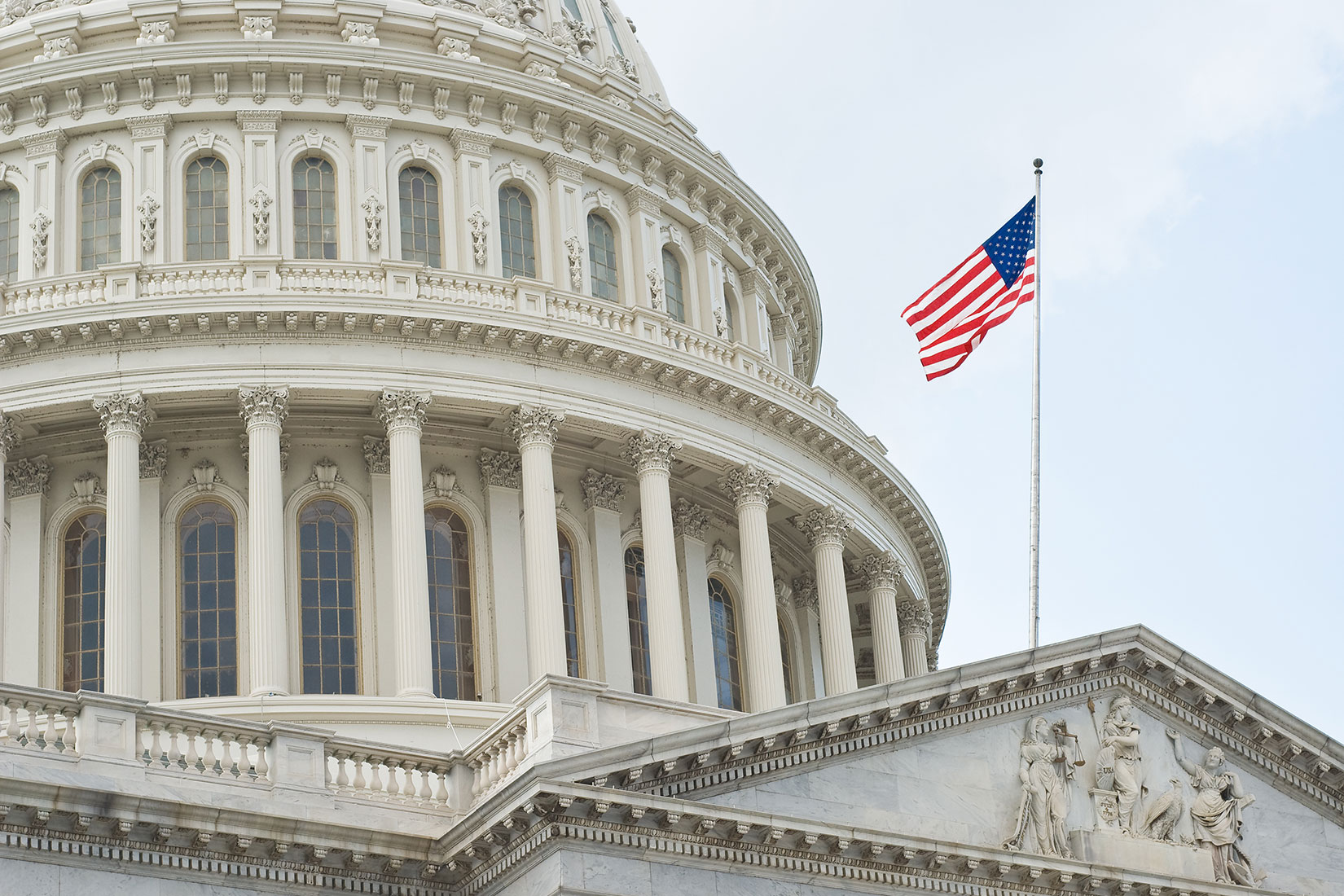CBO assesses whether public-private partnerships have resulted in projects being built more quickly or at a lower cost for taxpayers. CBO also examines whether partnerships that include private financing sped up project financing.
CBO Blog
Each quarter, CBO provides information about its work in progress. As of January 8, the agency was working on 184 cost estimates for bills in addition to 33 analytic reports and working papers.
Summarizing three reports about the aviation fleets of the U.S. Air Force, Army, and the Department of the Navy, CBO projects the number and costs of aircraft the Department of Defense would need to procure to maintain the fleets’ current size through 2050.
CBO will release its annual Budget and Economic Outlook at 2:00 p.m. ET on Tuesday, January 28. The report will include updated economic and budget projections spanning the period from 2020 to 2030.
This report examines military compensation and its effects on recruitment, retention, and motivation. CBO also provides a comparison with civilian compensation packages and examines five possible approaches for altering the way that DoD compensates military personnel.
As required, CBO reports on whether appropriations enacted for the current fiscal year have exceeded the statutory caps on discretionary funding. In CBO’s estimation, they have not, and a sequestration will not be required for 2020.
Immigration increases total economic output, though not necessarily output per capita. It also affects the federal budget through the taxes that foreign-born people pay and the government programs in which they participate.
The federal budget deficit was $358 billion in the first quarter of fiscal year 2020, CBO estimates, $39 billion more than the deficit recorded during the same period last year.
CBO estimates that purchasing new aircraft to maintain the aviation fleet of the Navy and Marine Corps at its current size would cost about $380 billion (in 2018 dollars) from 2020 to 2050. Annual costs would range from $7 billion to $17 billion.
CBO reviews hundreds of bills and public laws for intergovernmental and private-sector mandates each year and estimates whether the annual costs of those mandates would exceed thresholds established in the Unfunded Mandates Reform Act. Data are available for calendar years 2013 through 2019, and new data are added periodically throughout the year.











